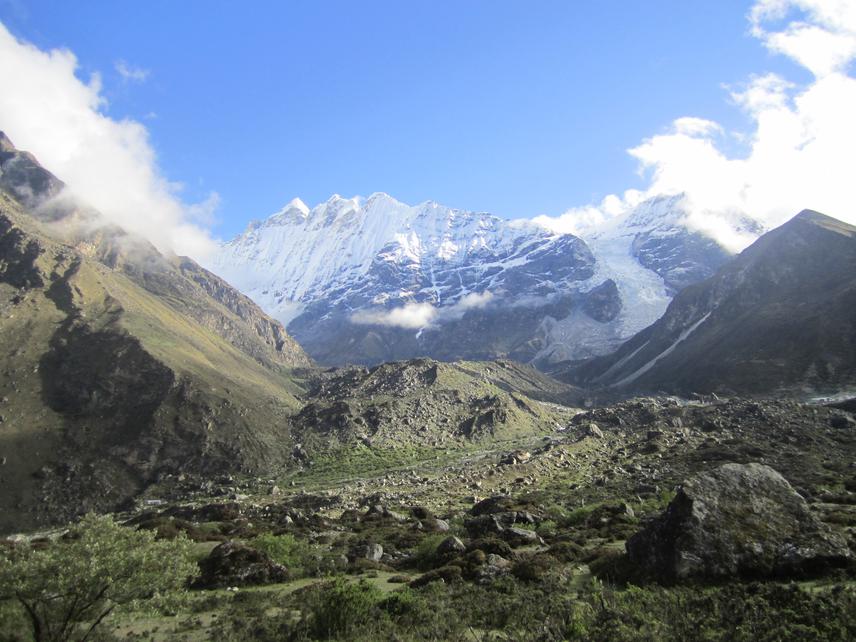Rita Chhetri
We aim to check the population status of Dactylorhiza hatagirea, Neopicrorhiza scrophulariiflora and Nardostachys grandiflora to promote livelihood in Langtang National Park.

Medicinal plants are one of the most renewable natural resources which are directly linked to the socio-cultural and economic circumstances of the local people. Nardostachys grandiflora, Neopicrorhiza scrophulariifolia and Dactylorhiza hatagirea- vulnerable species listed by CAMP- are important medicinal plant species prioritized by government for research and management (DPR, 2006). According to Forest Act 1993 and Forest Regulation 1995, Nepal Government has banned - i) the tubers of D. hatagirea to collect, trade and process, ii) the unprocessed rhizome of N. grandiflora for export outside the country.
In contrast, N. scrophulariifolia can be collected and traded after obtaining the permission from District Forest Office. N. scrophulariifolia and N. grandiflora are the most export earning Medicinal plants (Ghimire 2008; Parajuli 1998). Moreover, a very high amount of D. hatagirea tubers are traded through illegal channels every year due to high market demand (Ghimire 2008). The three target species thus are generally challenged by over-harvesting because of the trade pressure in the study area (Humagain and Shrestha, 2009). In addition, uncontrolled grazing, lack of awareness among communities, and unscientific harvesting are major factors for their dwindling (Humagain and Shrestha, 2009) so an immediate conservation action in the study area will be appreciated.